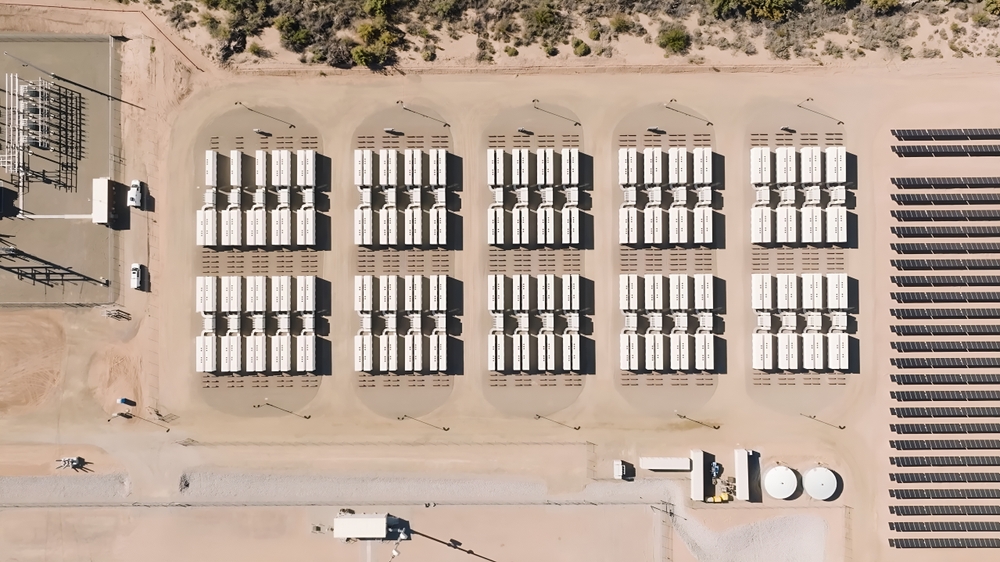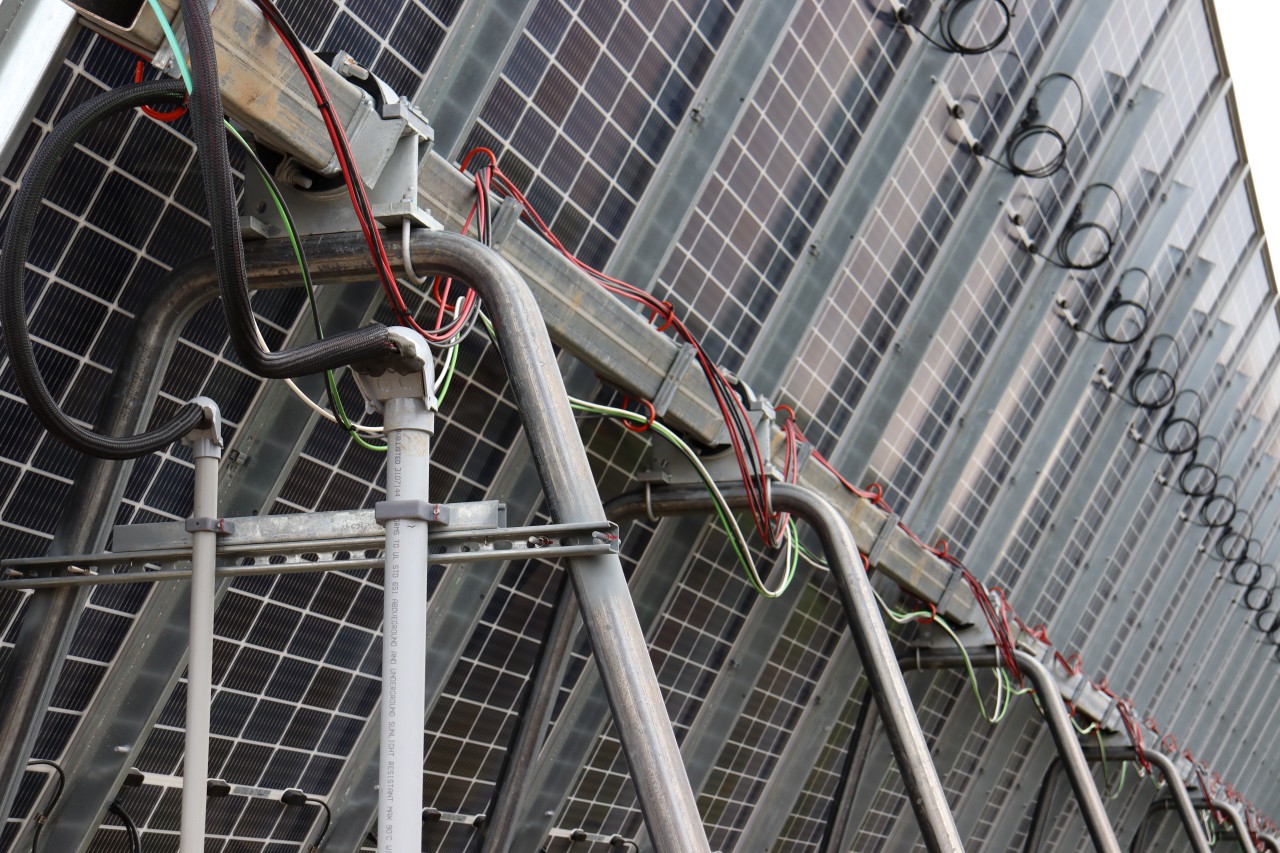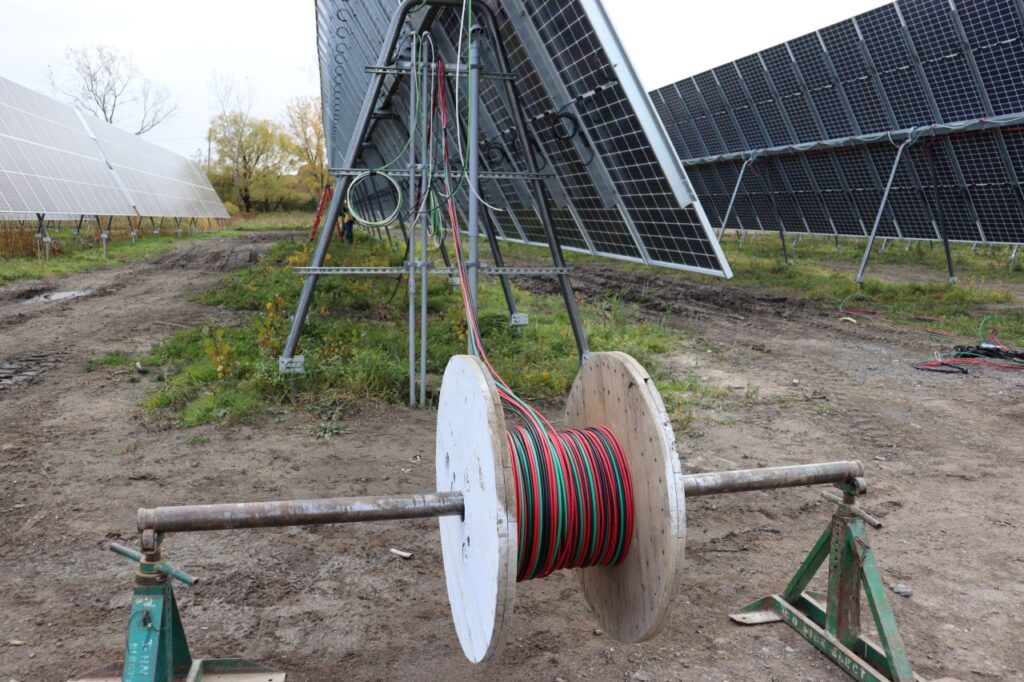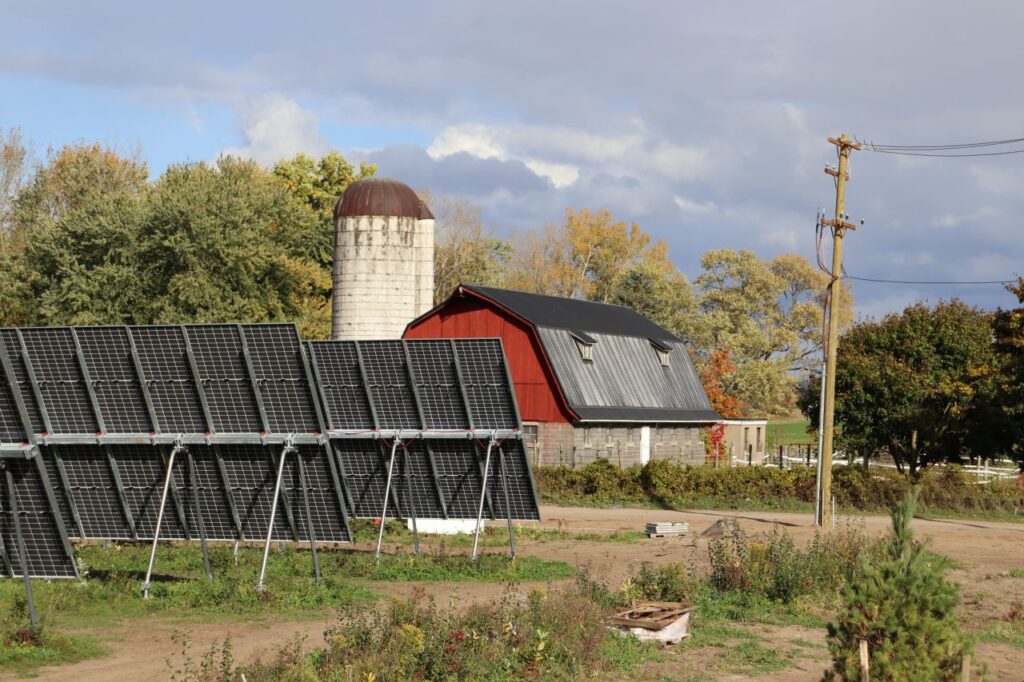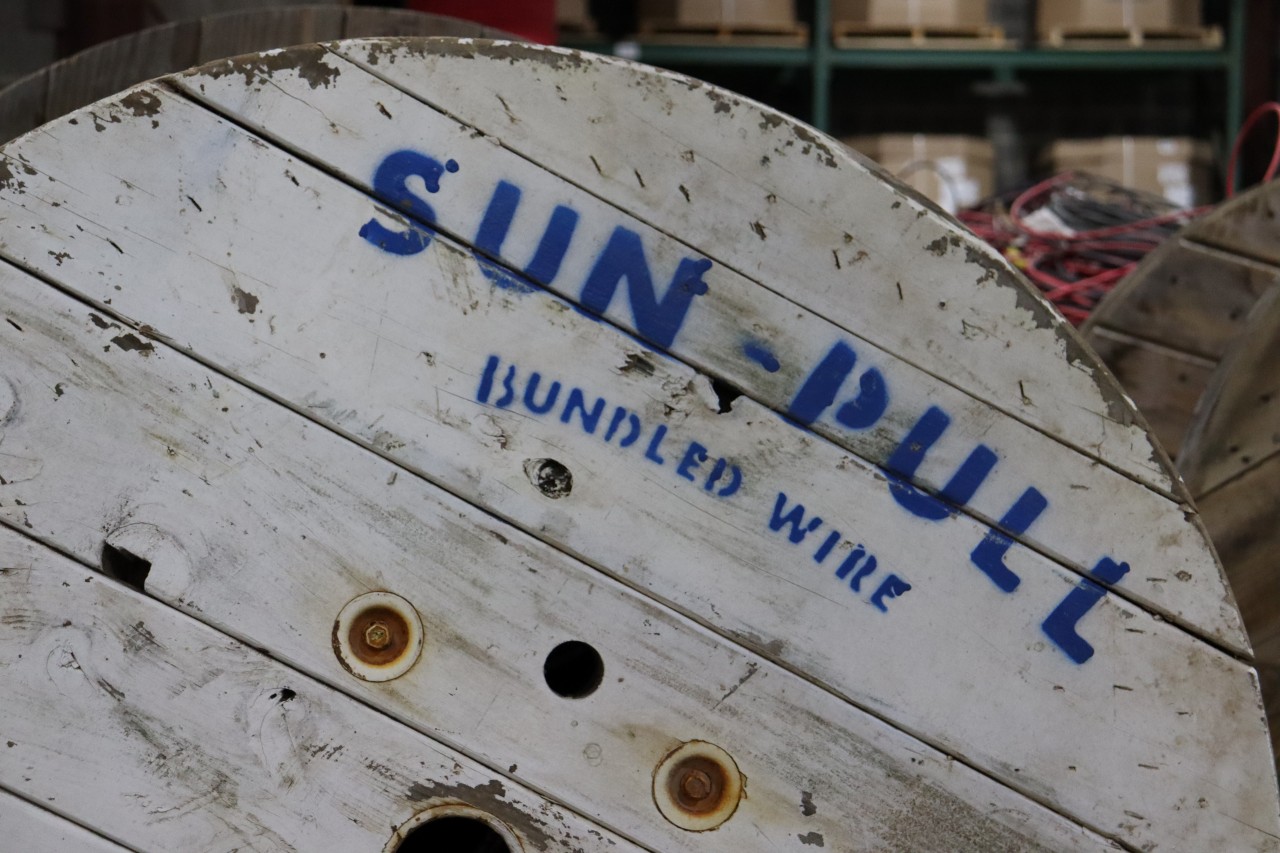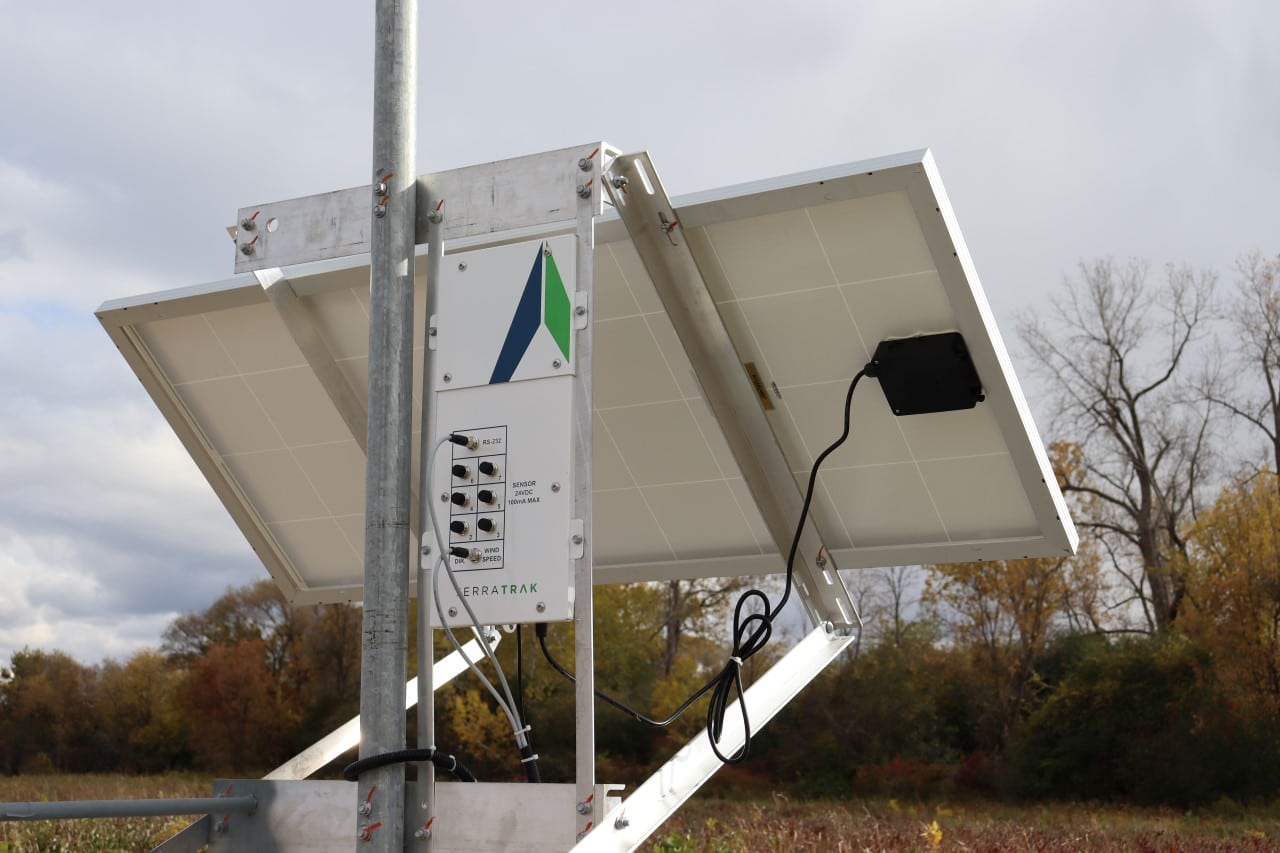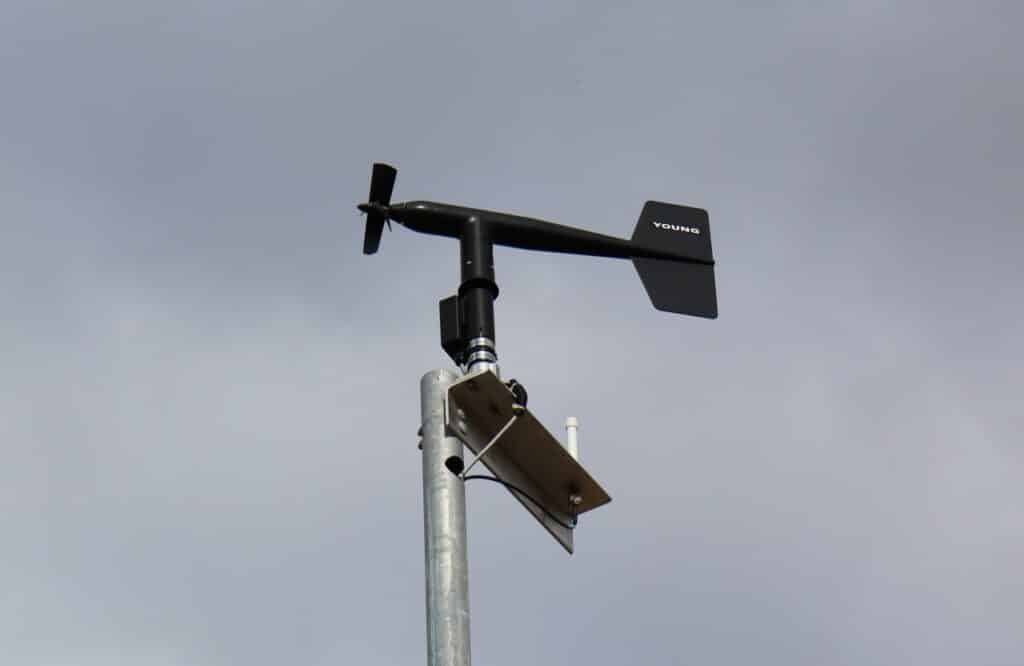What do the solar industry and the Greek story of Achilles have in common?
It seems like a stretch, but the renewable energy darling and powerful Greek warrior have plenty of similarities.
Over the past decade, solar energy has emerged as a low-cost electricity producer. It consistently leads other energy generation methods, including wind and natural gas, in quarterly capacity additions, and accounted for 61% of new capacity in 2024.
And, to be fair, solar checks off almost every box you’d want in an energy producer:
- Reduced greenhouse gas emissions
- Low production costs
- Easy to install in less-than-desirable areas
- Adaptable to many environments
- Simple to maintain over decades
- High return-on-investment (ROI) and lower levelized cost of electricity (LCOE) than natural gas
Like Achilles, solar energy seems like an unstoppable juggernaut. But, like our Greek hero, it also suffers from a potentially fatal flaw: consistency.
Consistently Inconsistent
Unlike traditional fossil fuels, which produce energy as long as fuel is available, solar panels need sunlight to work. As a result, it’s currently difficult for the U.S. to fully embrace solar solutions.
However, rapidly evolving battery technology may finally address the issue.
Battery energy storage systems, or BESS, allow us to store energy for when we need it most. Not only do BESS make solar and wind energy more consistent, but they also address lingering grid reliability issues.
But what is BESS, how do they work, and how can these systems create cost savings for solar developers, utilities, and end users?
What is a Battery Energy Storage System?
Think of a battery energy storage system (BESS) as a gigantic rechargeable battery.
When solar panels or wind turbines generate electricity, it flows into the massive batteries. Once collected, the batteries store the energy until needed. Generally, BESS systems help with balancing generated energy alongside the larger electrical grid.
Like the rechargeable AA batteries powering our TV remotes, BESS systems operate using the same technology. Depending on the need and application, customers have several options for BESS installations, including:
Lithium-ion: The most common BESS system battery used in the field. Developers like these systems because of low upfront and maintenance costs, long lifespan, and low thermal runaway risk. We can find lithium-ion batteries in plenty of everyday products, including laptops, smartphones, and electric vehicles.
Lead-Acid: This battery type is common in vehicles, lawn mowers, and heavy machinery. It also has applications in telecom equipment, uninterruptible power supplies, and renewable energy projects.
Flow Batteries: Flow batteries store generated power in two liquid electrolyte solutions, one positive and one negative. The amount of energy held depends on the size of the tanks used for the liquids. When we generate power, electrons move from the positive solution to the negative one. The process reverses when the battery discharges.
Despite their composition differences, all three systems have high round-trip efficiencies. This means operators can pull a high percentage of stored energy from the battery if needed.
And, just like our batteries at home, BESS have lifespans, eventually leading to recycling and replacement. The standard utility-scale BESS system can last more than a decade, but components like transformers can last much longer. Researchers at Argonne National Laboratory suggest BESS systems could last up to 35 years by replacing battery components when needed.
Thanks to constantly improving technology, new chemistries, and storage methods, battery costs are declining rapidly and more accessible than ever.
’til the Grid’s Power Runneth Over
On an average sunny day, panels soak up the sun as it moves through the sky, sending tons of power to the grid.
However, once the sun goes down, those once-powerful solar systems lose their fuel source and idle until the next day. Wind systems aren’t beholden to the sun but face similar shortcomings if the wind isn’t blowing constantly.
For states and countries pushing carbon-neutral goals, renewables struggle to compete with 24/7 providers like natural gas. BESS, for its part, helps level the playing field a bit.
Let’s say a community-scale solar site generates excess power during the day, but nothing at night. The problem is that end users don’t stop needing electrical power—quite the opposite, as early evening hours generally lead to peaking.
Reaching the Peak
Peaking occurs during dayparts when energy demand is the highest. We also see seasonal peaking during the summer, when people blast their AC units, and during the winter, when the heat is on.
When peaking occurs, fossil fuel-powered plants kick on quickly to meet demand. Once the pressure eases, the plants reduce their output.
Now, let’s introduce BESS into our energy peaking example. Customers still need power, but because the sun has been shining all day, the solar panels overproduced. As the sun sets and the solar panels’ production fades, the BESS system kicks in to slowly discharge. Power from the batteries enters the grid and makes its way to homes and businesses.
BESS offers communities and operators a clean, cheap, and less polluting electrical option. They can also discharge their power quickly, often faster than ramping up a peaking facility.
BESS Improves Solar Performance
Adding a fleet of giant batteries to our country’s energy mix may not seem exciting. However, BESS does much more than provide power.
Better Energy Utilization and Diversity
Adding BESS to the energy mix propels solar energy forward and reduces the threat of intermittent performance.
Solar panels produce an incredible amount of electrical energy, but struggle to harness the extra power. With a BESS in place, utilities and other operators can plan and budget their energy, adjusting discharges to maintain stability.
Handling Electrical Arbitrage
Arbitrage involves storing or buying electricity when the price is low and selling or discharging it when prices increase.
During the average day, solar panels make power when the sun is shining. Typically, electricity costs and demand are lower during the day, allowing BESS to store low-cost excess solar energy. When the sun goes down and demand increases, so do prices–that’s when BESS unleashes its stored power to the grid.
But arbitrage isn’t simply about taking advantage of low-cost power – it’s a lesson in power conservation. When battery systems store energy, they also reduce solar energy waste. This is because we can harness power without losing it, boosting efficiency.
They also help address potential duck curve issues, which show the difference between peak demand times and solar energy production. When you overlay the two charts on a graph, the resulting data looks kind of like a duck.
Peaks, Valleys, and Everything in Between
Utility-scale solar projects paired with BESS help generate a steady power supply that meets electricity demand.
It doesn’t sound like much, but when renewable energy can accommodate more daily energy demand, prices may drop. This is because customers pay more for power during high-use times. If the power itself costs less to produce, those savings may eventually reach end users’ electricity bills.
Similarly, utilities rely less on higher-cost energy generated by fossil fuel peaking plants, reducing power costs overall.
BESS = Back Up
Besides being a repository for stored renewable energy, BESS plays an interesting role as part of the larger grid.
Thanks to their rapid response times, BESS can immediately release power to homes and businesses during outages or emergencies. The action takes milliseconds and is much faster than the time and energy it takes to power up a facility.
Battery storage can also reduce overall dependence and help stabilize our aging electrical grid. When severe weather poses a threat, BESS can act as a type of microgrid, powering nearby homes and businesses. Though the batteries may only have a few hours of energy stored up, it gives crews time to repair lines and restore power.
For situations where there are rapid and sudden rises in demand, BESS can save the day. Rather than relying on long-distance peaking facilities, utilities can quickly discharge the battery’s energy to smooth out fluctuations.
Rapidly Changing Energy Scene is Ripe for Opportunity
Like any new technology, BESS will become more efficient and effective as time passes.
The benefit these systems provide to renewable energy sources like solar and wind is undeniable. Battery storage not only corrects the largest issue associated with renewable energy but also allows low-cost energy to thrive.
For the solar industry, solar + storage is the next step toward increasing the United States’ energy diversity. At the same time, systems are rapidly improving, becoming less expensive, and offering developers more options.
Solar power systems are on the edge of a massive clean energy breakthrough. Despite industry headwinds, BESS can take utility and community solar power generation to the next level.


